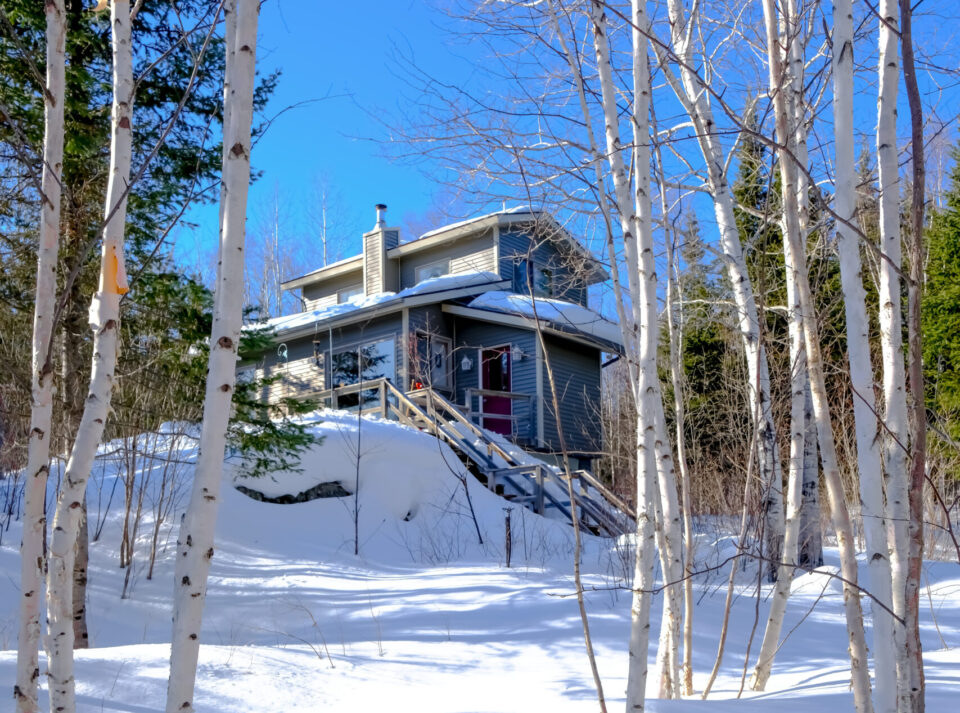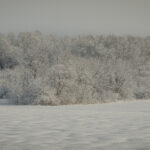As anyone who has been in a canoe in the Arrowhead knows, there is not much in the way of infrastructure. All you pretty much have is what’s in your canoe and what your wits and experience can do with it. If you fail to catch a fish or find a patch of blueberries, you’d better have packed a pouch or two of freeze-dried scrambled eggs and bacon. Otherwise, you will need to keep reciting that you just came for the trees.
The same can be said if you have a cabin. As most cabins are remote, you have got to be as self-reliant as a Lincoln Republican. In a cabin, however, you don’t quickly resort to freeze-dried food.
Now there are cabins and then there are “cabins.” Some are decked out with electricity, water systems, even the internet, over which you can text with someone in a snow hut on the Kamchatka Peninsula while you sit in a recliner next to a split rock fireplace. It would be a hard morning if the Keurig broke down. To be sure, in those cabins, you can always find a cold beer and a hot shower.
Other cabins are primitive, with no electricity, no water system, and no internet. You’ve got a roof for summer rains, maybe some screens on the windows in June if the red squirrels haven’t eaten through them, and an outhouse. For cold winter nights, you’ve got a woodstove, usually a converted oil barrel, and an outhouse you once again discover has a metal seat. I have stayed in cabins like that. In fact, our cabin on Birch Lake off the Gunflint Trail was once like that. But now, 25 years later, it has all the accoutrements of a well-decked-out cabin. Except one—a water system. Well, it does have that, but not like the well-decked-out ones.
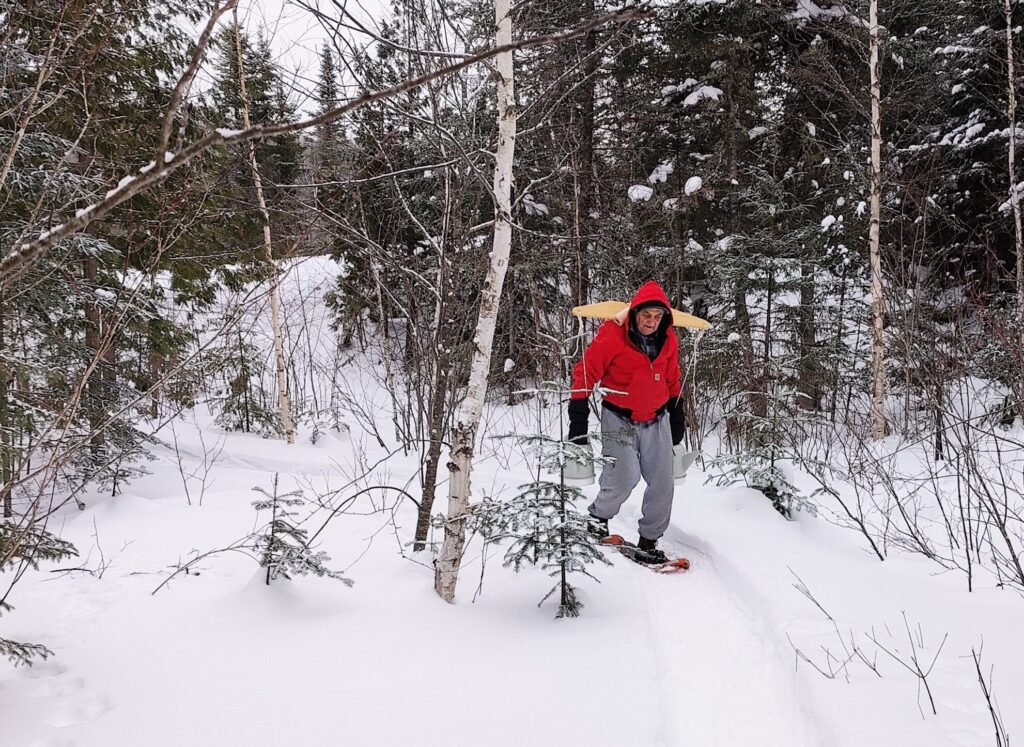
Those cabins have a well, some 400 feet deep—expensive, particularly so if you need to frack it with an A-bomb, as one must do up here on the shield. And because they have a well, someone who knows the rules says that a septic system must go with it. Expensive. Some cabins pump water from a lake through a fancy filter system (less expensive, but still expensive), and the same folks say you need a septic system to go with it. Same expense.
Our water system is simple. We go down to the lake, drop in a bucket, fill a couple of watering cans, haul them up hill 350 feet to the cabin, and pour them into a 5-gallon bucket atop another 5-gallon bucket. The top bucket has four ceramic, two-micron filters filled with charcoal. The filters sit in the bottom of that bucket. Several hours later we have 5 gallons of clean water. Repeating the process a time or two gives us enough water for rainy days. After several more trips to the lake, we feel righteous in the thought that we have enough kit to clean up the Russian Army and have enough water left over for the day’s dishes—and no need for a septic system, say the folks who know the rules.
That is the process in the summer, and for some slight modifications to accommodate ice on the lake, my wife, Leny, and I thought the process would be pretty much the same in winter. So, during our first stay in our cabin one late December, we gathered up a new 5-inch hand-powered ice auger, a ladle that held 6 ounces of water, and a bucket and four watering cans. Like the seven dwarfs, off we went on snowshoes down to the lake—hi-ho!
Once we were down on the ice, the cold, at first, was just an idle observer as I drilled through the 2 feet of ice. But as I bent over to dip the water into the bucket, the cold insinuated itself into my sweat-dampened body. I began to shake and spill water, so I dipped faster, only to spill more water. Thick gloves made handling the ladle awkward. So, I took off my gloves and got down on my knees to make the filling more efficient. But the spilled water soaked my pants as winds at 10 below swirled about. The bucket finally filled, my wife poured it into the watering cans, but her shivering caused much of the water to spill and seep over to my pants. Sharp-edged words snicker-snacked the icy air. The cans finally filled, we trudged back on the path, spilling even more as we tried to balance on snowshoes while carrying water sloshing in the cans.
For years our suffering did not release our imaginations to a better way. Until one day.
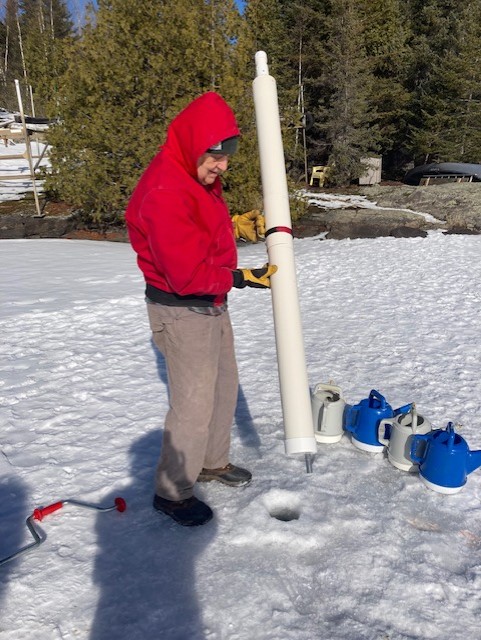
Over the years, my friend, Tom, and I regularly scheduled a long weekend trip to the cabin in winter. And for several years he and I suffered the same torturous experience of getting water. One year, after getting water from the lake when it was 20 below with a 30-mile-an-hour wind, we were sitting around the table watching the snow blow by and having a cold beer. I noticed Tom drawing something on a piece of paper. At first, I thought he was just doodling to see if his fingers still worked after his bare-handed hold on the aluminum ladle handle.
But I was startled when he asked, “Do you have something that would work as a flap?”
I wondered if he blew out the flap on his long johns, but instead said, “I probably have something in a pile somewhere. Whatcha need it for?”
He pointed to his doodle, an elongated rectangle, and explained, “What we have here is a 4-inch PVC pipe, capped on one end. The cap has a hole in it. We put the pipe through the hole in the ice and let the pipe fill until it holds as much as a bucket would. The problem is the hole in the bottom. What’s needed is something to let the water fill in and the water to drain out—a flap.”
I was intrigued, but I came up empty after a mental search through the junk piles, and decided to pop another two beers for us.
Now Tom is my go-to guy whenever something needs fixing, or inventing when something can’t be fixed. But since I could not retrieve something that would work as a flap, I said, “What about the soda straw principle?”
He patted an index finger against his lips, and said, deliberately, “I think that would work.” I was halfway through my second beer and feeling pretty darn smart.
“Okay, then,” I said, “So would you care to figure out how long a 4-inch pipe needs to be to hold 2.5 gallons for a watering can?”
He punched buttons on his calculator, then said, “5 feet.”
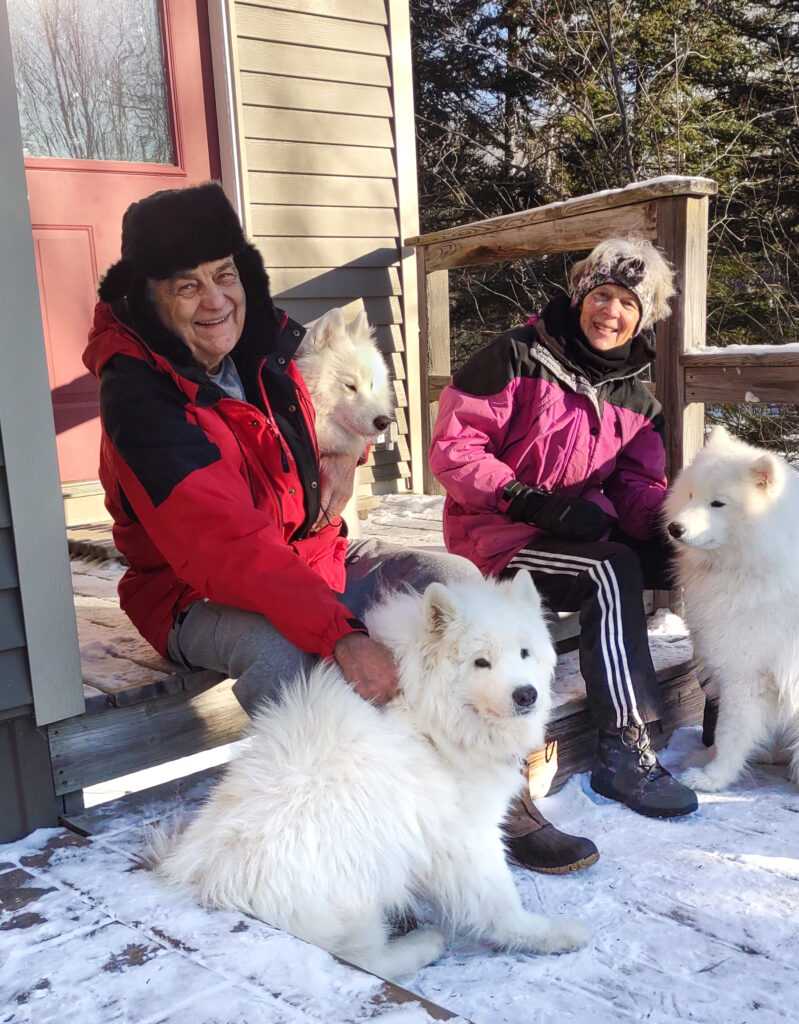
Once back home, I glued an end cap with a 3/4-inch hole to 4-inch diameter pipe, 5 feet long. For a handle on the other end of the pipe, I glued a reduction fitting for an inch-and-a-half pipe 6 inches long, and to that pipe glued a cap with a 3/8-inch hole, the top of the straw. The operation is simple. Set the pipe in the hole in the ice, let the pipe fill, cover the small hole in the handle with my thumb, pull out the pipe, and let it drain into the watering can.
I made a couple of improvements a few years later. As I pulled the pipe out of the water, my glove got wet. After a few dips, my glove was soaked. I rigged a handle that slides up and down the pipe, and that keeps my glove dry. I also screwed a 4-inch nipple into the 3/4-inch hole so that the pipe can rest securely once it is in the watering can. And that keeps me from holding the heavy, water ladened pipe while having to keep aim on the watering can. Guys and aiming—I know.
I can now say that I have running water in winter and don’t have to worry about frozen pipes. The water runs into the pipe as it sinks in the hole in the ice and runs out of the pipe as it drains into a watering can. The sinking and draining takes about a minute and a half. For the most part, I can just stand and watch. No cold bare hands, no wet knees, and no words that snicker-snack the icy air.


